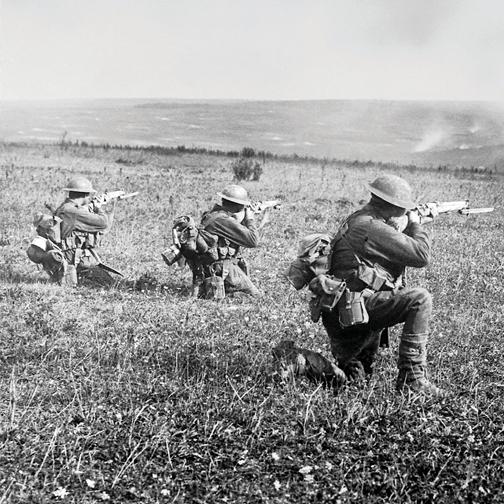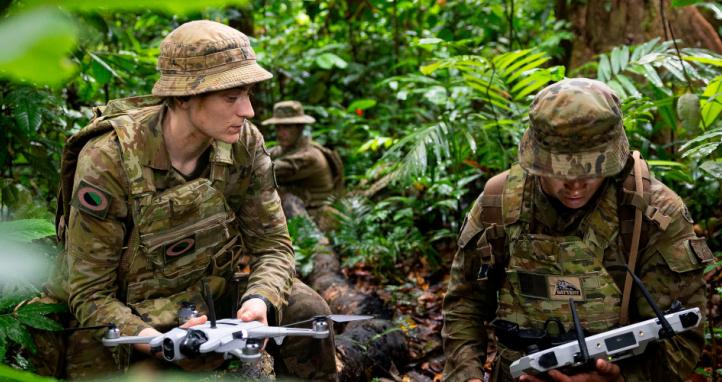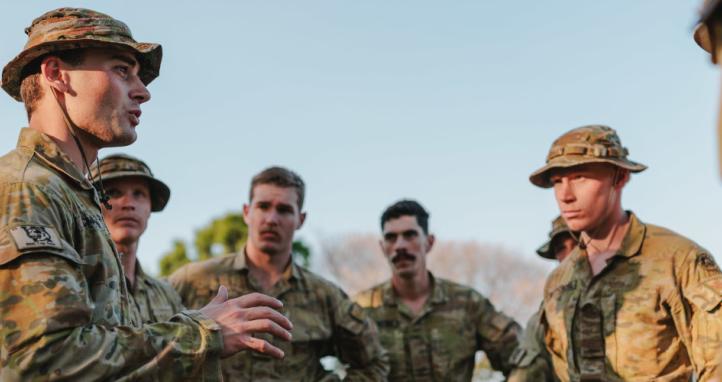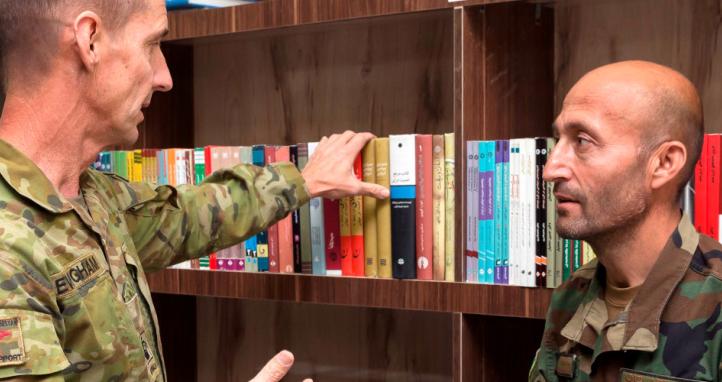Using learning theory to support the implementation of the Defence Strategic Review
This article is a primer for commanders at all levels to think about the role of learning in the context of the Defence Strategic Review (DSR), the recommendations from which are set to increase in speed from 2026 as we move to the Objective Integrated Force phase [1].
Workplace learning is happening all the time, particularly during times of organisational change. Commanders have the opportunity to enable faster adaption to change by looking closely at the architectures that enable or constrain everyday learning in their workplaces.
Preface: Military learning and change through the Theory of Practice Architectures
This article considers learning through the perspective of the Theory of Practice Architectures (TPA). The theory emerged from the field of education but is an incredibly useful and relevant one to apply to workplace learning in the ADF, particularly during this time of accelerated change.
In TPA, learning is seen as coming to practice differently[2]. The theory says that learning is happening all the time, at work, at home, and – most importantly – not just in formal education settings[3]. For example, if you come to work and do a task you’ve been doing every day that year differently, TPA says you’ve come to that practice differently and you’re demonstrating learning.
Why is that significant? From 2026, the DSR states that we’re moving into a period of accelerated change as the ADF moves towards being an Objective Integrated Force[4]. This means everyday work practices for everyone in Defence will be changing quickly and in significant ways. We’ll all be learning to do things differently.
Workplace architectures that shape learning
The way our workplaces are set up will either enable or constrain[5] our ability to learn to implement the incoming DSR recommendations. If we use the lens of TPA, there are three key architectural arrangements we need to think about shifting to enable members to learn alongside change.
The first architectural arrangement to think about is cultural-discursive[6]. For this arrangement, think about how we say things and the language we use in the workplace to talk about change. To re-examine your cultural-discursive arrangements at work, you might ask:
- Is the language I’m using to talk about this change accessible to all my members?
- Is the way we talk about this contextualised to my workplace?
- Could I give an example of what this change is going to look like for my members so it becomes more tangible?
The second architectural arrangement you might think about is referred to in TPA as material-economic[7]. Think resourcing for this one, or even existing policy architecture. You might ask yourself the following questions to start thinking about your material-economic arrangements at work:
- Are the new changes able to be implemented by my people, or do we have other policy operating in our unit that contradicts or holds back that implementation?
- Do we have enough people to implement that change?
- Do we have enough hours in our schedule to allow our people to plan for the change?
The final architectural arrangement for TPA is socio-political[8]. This arrangement refers to things like power dynamics and in the military setting, with our rank system, it can be a tricky one to navigate. I’d couch this arrangement in questions like:
- Is me being in the room while this change is being briefed stopping my people from airing their honest concerns about the change?
- Because of the way rank hierarchy works in our unit, will this change put more pressure on some people than others?
Conclusion
The success of the DSR depends on our ability to implement the associated changes as they are directed. Between 2026 and 2030, the DSR stipulates these changes will be accelerated with rapid acquisition and the delivery of critical capabilities[9]. Learning forms the foundation for our people to effectively implement those changes. The more our organisational architectures are set up to enable our people to learn those changes at speed, the more quickly and effectively we’ll be able to meet the demands of the DSR.
End Notes
[1] Department of Defence, National Defence: Defence Strategic Review, Commonwealth of Australia, 2023.
[2] S. Kemmis, C. Edwards-Groves, & P. Grootenboer, Reframing Learning: Changing Practices, Sites, Histories, Lives, Routledge, 2025.
[3] Kemmis et al., 2025
[4] Department of Defence, 2023.
[5] Kemmis et al., 2025
[6] P. Grootenboer, & C. Edwards-Groves, The Theory of Practice Architectures: Researching Practices, Springer Singapore, 2024.
[7] P. Grootenboer, & C. Edwards-Groves, 2024
[8] P. Grootenboer, & C. Edwards-Groves, 2024
[9] Department of Defence, 2023









